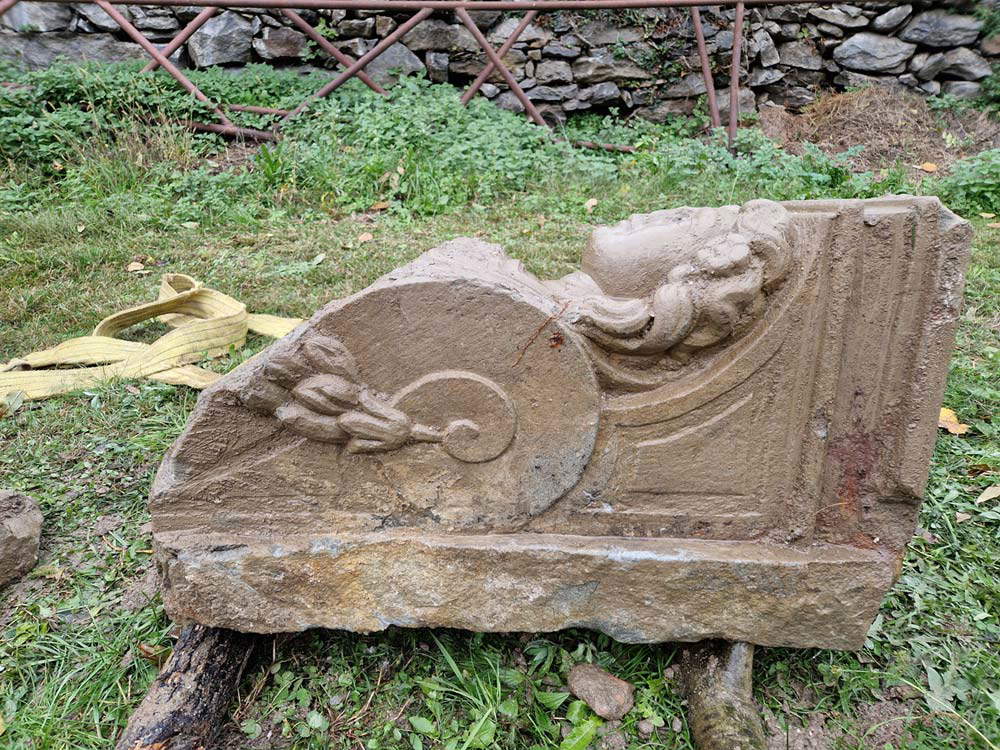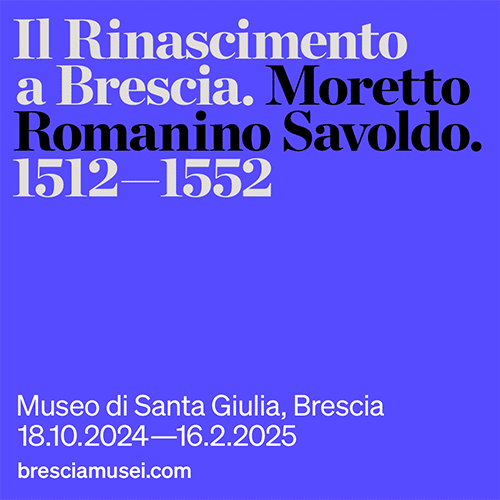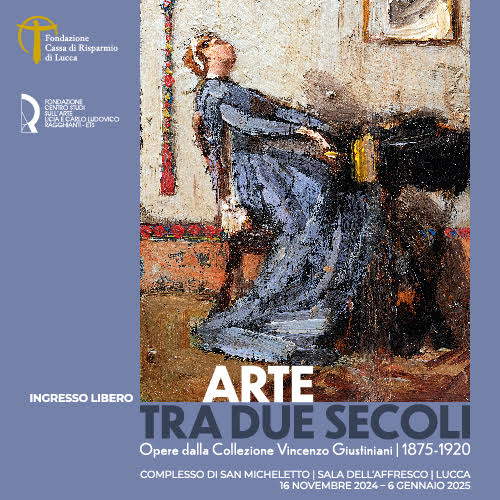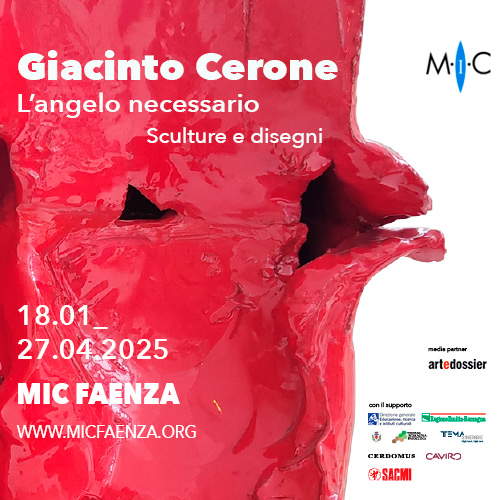Excavation in the Alps reveals remains of elements of a 16th century palace
Interesting archaeological discoveries are emerging from excavations securing the area known as Cantina del Piocc, in the municipality of Piuro, nestled between Val Bregaglia and Val Chiavena (Sonadrio province), near the Swiss border, in the heart of the Alps.
The construction site, included in the Interreg-Italy-Switzerland AMALPI18 project, was working on the construction of terracing to secure the area when, to their obvious surprise, architectural elements deemed to be of considerable interest emerged. These are, in particular, a finely decorated stone column as well as carved sandstone elements, one of which represents a female face, resembling the faces in the caryatids’ room of Palazzo Vertemate, a 16th-century residence located in Piuro. These newly found elements thus evidently date back to a building from the Renaissance period, thus straddling the 16th and 17th centuries. Great satisfaction with these findings is expressed by the municipality and the Italian-Swiss association for the Piuro Excavations, which are constantly seeking new funds to continue the work of excavation and enhancement and conservation of Piuro’s archaeological heritage.
The area is being constantly monitored by the Superintendency in collaboration with the University of Verona, for which Mattia Cantatore of theUniversity of Veneto, an expert in medieval archaeology and collaborator of Professor Fabio Saggioro, coordinator of the research at Mot al Castel, an area involved in the latest excavations that revealed it to be the centerpiece of Piuro since Roman times thanks to the findings of burials dating from around the end of the 4th century. In the coming hours, the professor will travel to the site together with archaeological superintendence official Stefano Rossi.
“This first work of securing the excavation area and delimiting the buried structures,” says Mattia Cantatore, “is proving particularly fruitful, not only because of the discovery of pieces of undoubted aesthetic value, but also because it it is making it possible to open a window on the buildings present in 1618 and their characteristics In particular, if it were to be confirmed that the elements unearthed were part of the so-called ’Cantina del Piocc,’ the fabbrico would be of greater value than previously estimated.”
“These new findings confirm the absolute exceptionality of Piuro’s archaeological context in the Alpine landscape,” says Stefano Rossi. “It now becomes increasingly urgent to find the resources to enhance this important heritage and make it available to the public in a way that can give shape to the many stories brought to light by more than sixty years of research.”
 |
| Excavation in the Alps reveals remains of elements of a 16th century palace |
Warning: the translation into English of the original Italian article was created using automatic tools. We undertake to review all articles, but we do not guarantee the total absence of inaccuracies in the translation due to the program. You can find the original by clicking on the ITA button. If you find any mistake,please contact us.





























